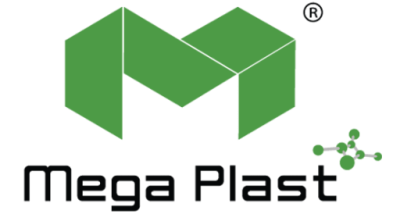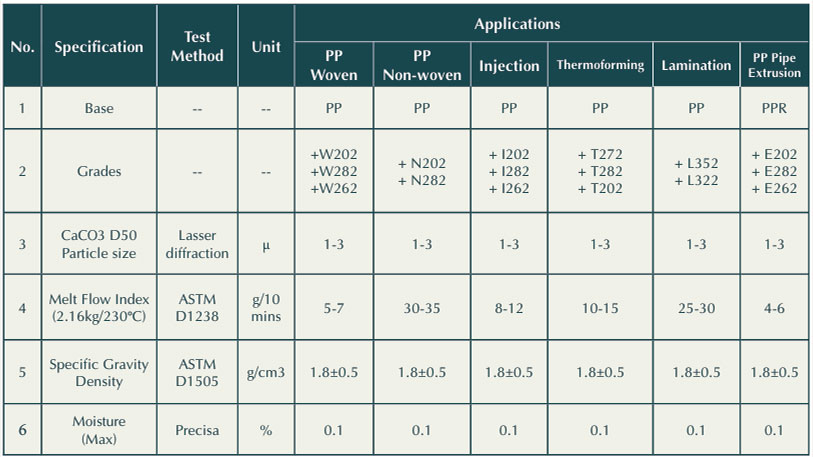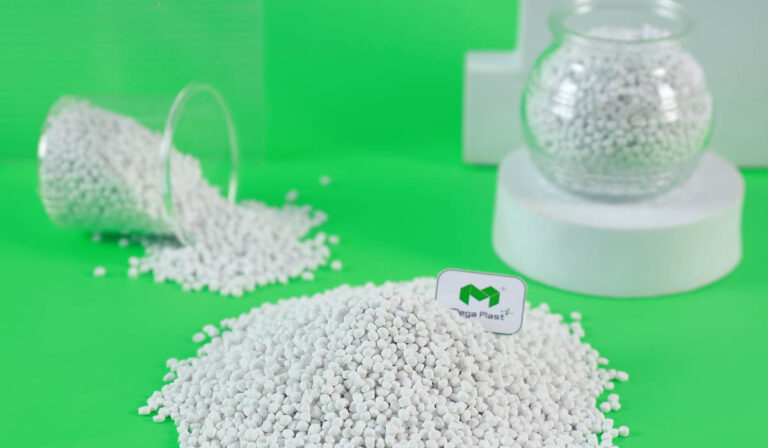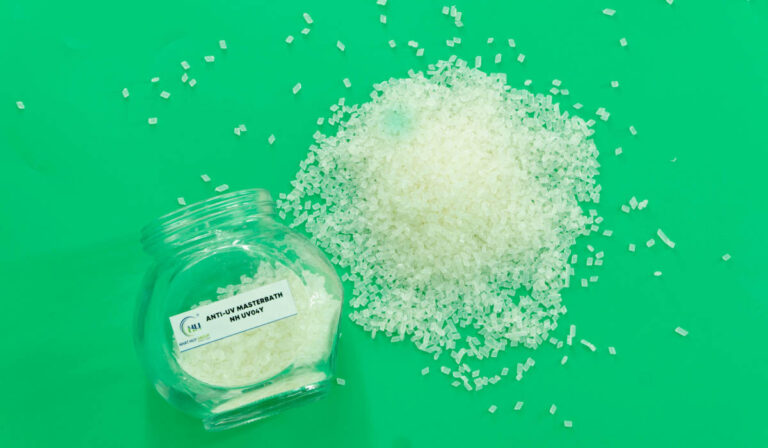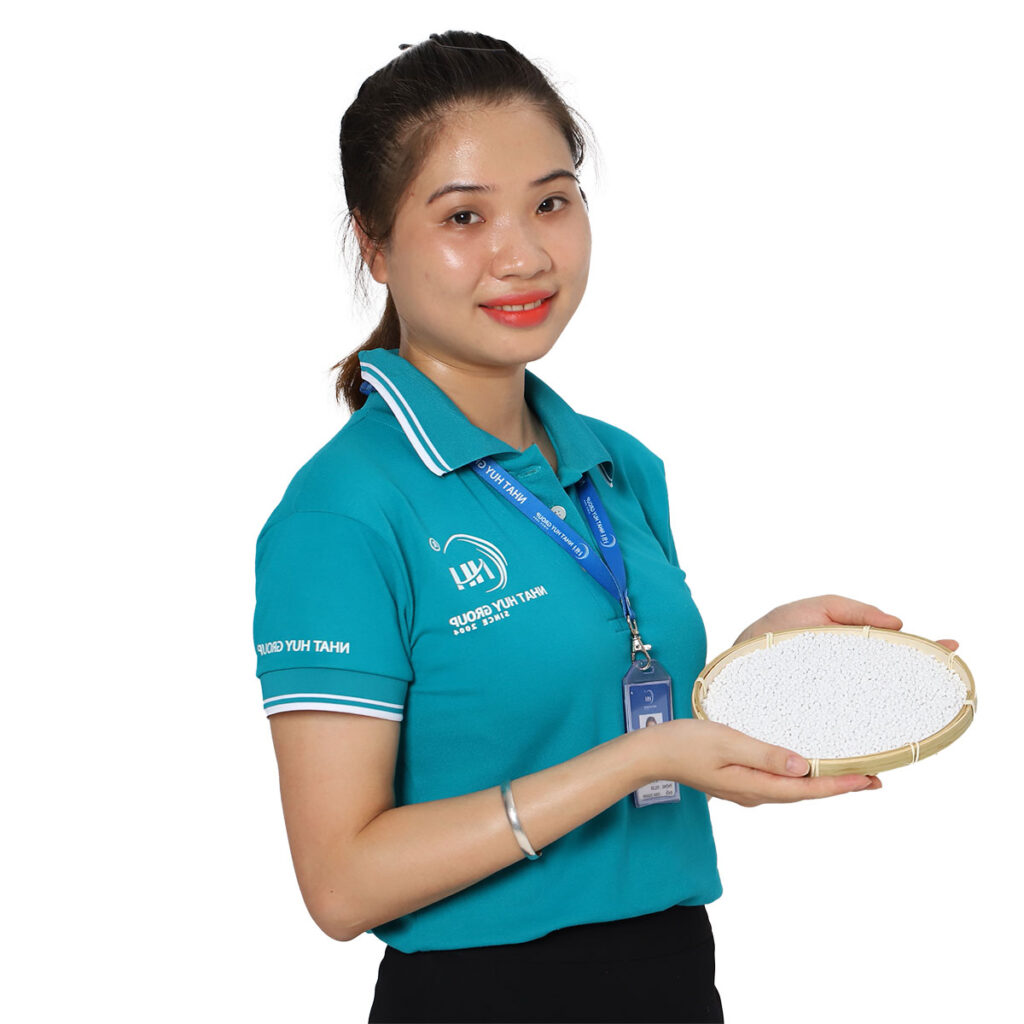
Table of Contents
White masterbatch plays a crucial role in the production of final plastic products by providing several significant benefits. It contains titanium dioxide (TiO2), which ensures consistent and vibrant white coloration across plastic products. This uniformity is vital for aesthetic appeal and product quality. Additionally, white masterbatch is cost-effective as it allows precise control over the amount of TiO2 used, reducing overall material costs.
It also enhances the physical properties of plastic, such as durability, thermal stability, and UV resistance, extending the lifespan of products, especially those used outdoors or under harsh conditions. Furthermore, white masterbatch facilitates the manufacturing process, enabling easier mixing and processing of plastics, which improves production efficiency and reduces material waste. Overall, white masterbatch is integral to achieving high-quality, durable, and visually appealing plastic products.
With the mission to become a leading masterbatch manufacturer, we continually innovate our products by producing various types of masterbatch. Megaplast can meet the specific needs of customers across various industries, from packaging to consumer goods, while maintaining production flexibility and optimizing economic efficiency
What are the key reasons that compel final plastic product manufacturers to use white masterbatch?

1. Uniform Color with White Masterbatch
White masterbatch contains titanium dioxide (TiO2), a highly effective white pigment that ensures a uniform white color in plastic products. Using white masterbatch is a simple and effective way to ensure that all products have consistent color, essential for applications like medical devices, packaging, and household goods.
2. Enhanced Physical Properties with White Masterbatch
Adding white masterbatch to plastics not only improves color but also enhances the physical properties of the products. Titanium dioxide can increase durability, hardness, and corrosion resistance, making the final plastic products more durable and capable of withstanding harsh usage conditions.
3. UV Protection with White Masterbatch
Titanium dioxide in white masterbatch is an effective natural UV blocker, helping to protect plastic products from color fading and degradation due to prolonged exposure to sunlight. This is crucial for outdoor products such as garden furniture and sports equipment.
4. Cost Optimization with White Masterbatch
Using white masterbatch is an economical way to incorporate titanium dioxide into plastic products. Because masterbatch allows for even and efficient distribution of the pigment, it helps reduce the amount of material needed and lowers overall production costs.
5. Flexible and Efficient Production Process with White Masterbatch
White masterbatch simplifies the production process by minimizing the necessary changes in the product formula. Manufacturers can easily add the masterbatch to the process to achieve the desired results without significant alterations to machine settings, thereby enhancing production efficiency and reducing downtime.
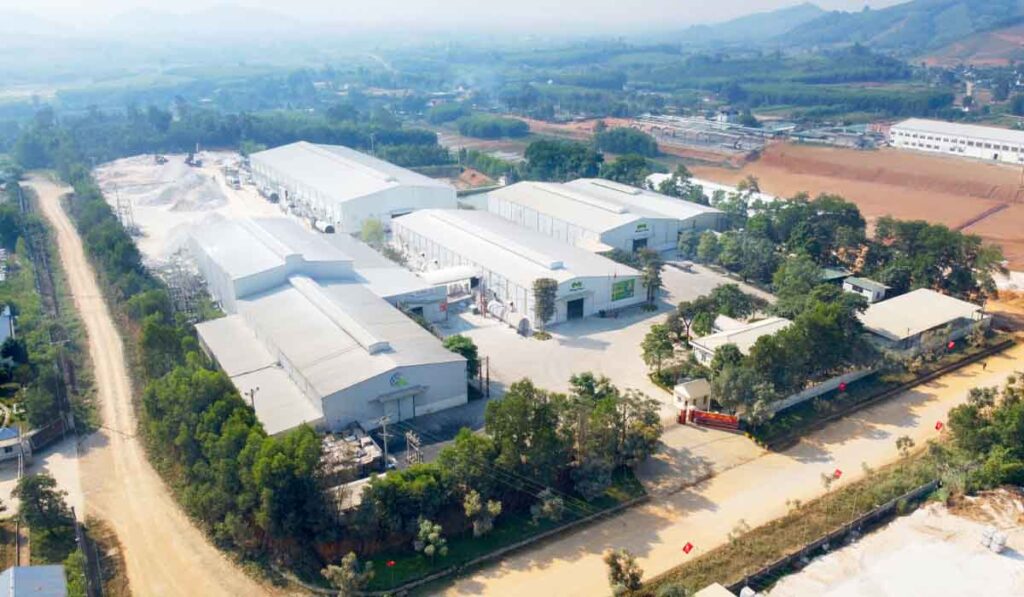
How White Masterbatch Alters White Color
White masterbatch changes the white appearance of plastic products through the use of titanium dioxide (TiO2), an extremely effective white pigment. Here’s how and why white masterbatch is used to achieve this:
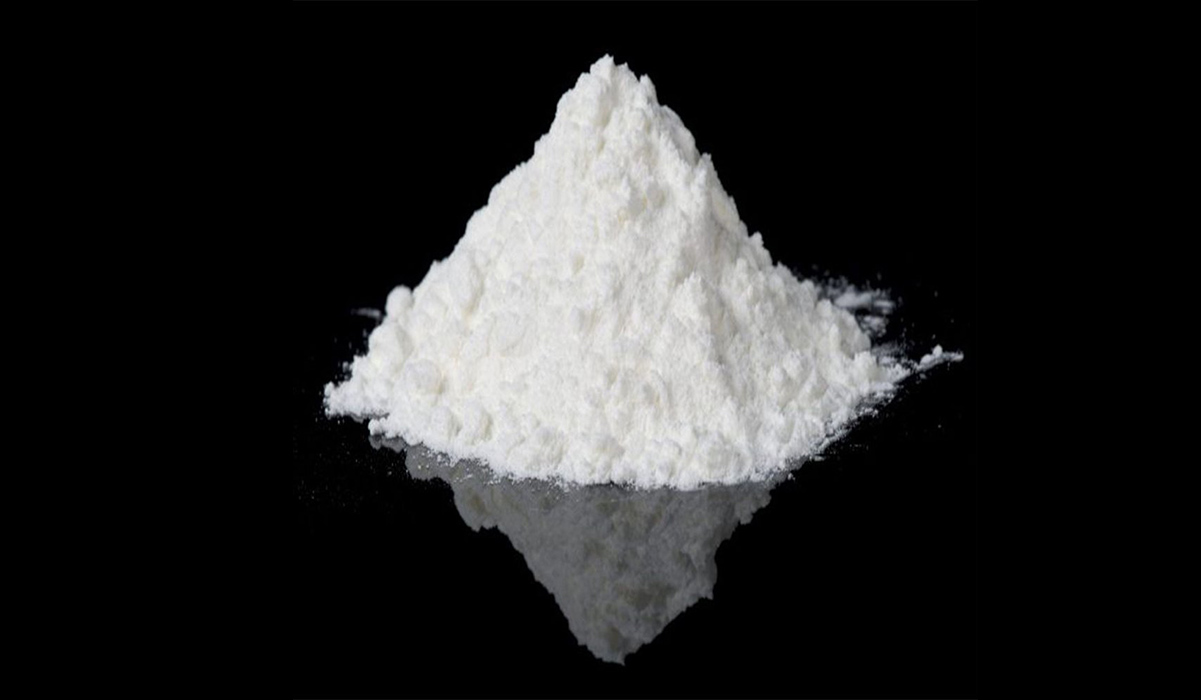
Using Titanium Dioxide (TiO2)
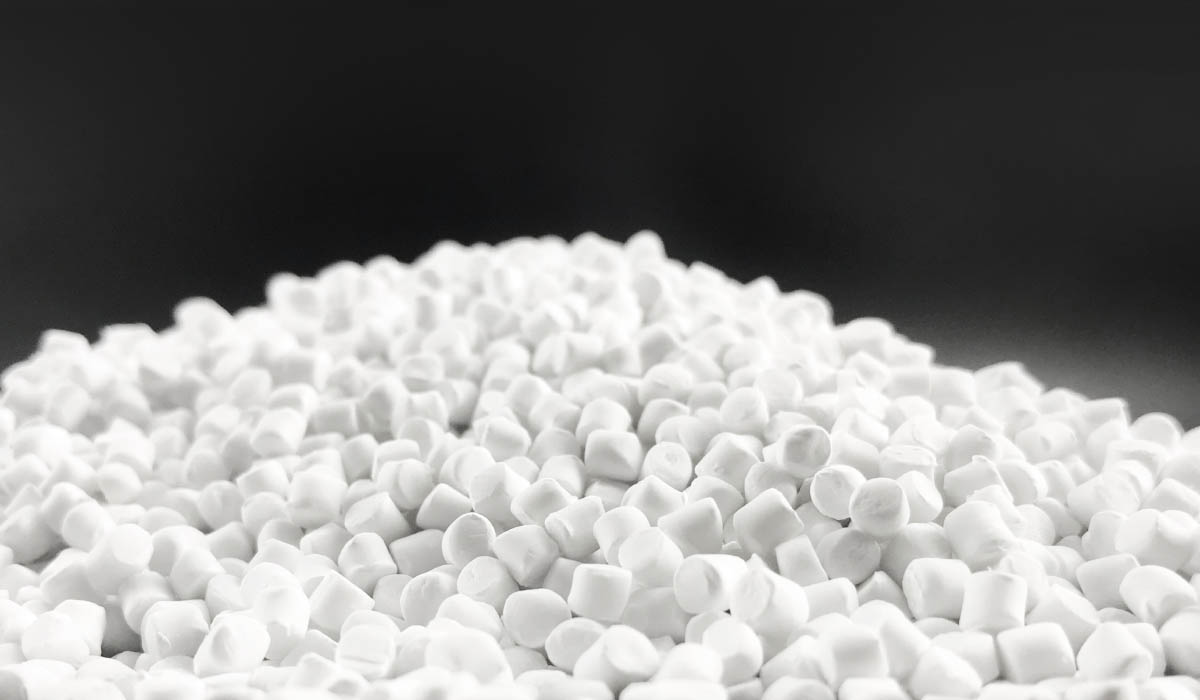
Even Dispersion
Application of White Masterbatch
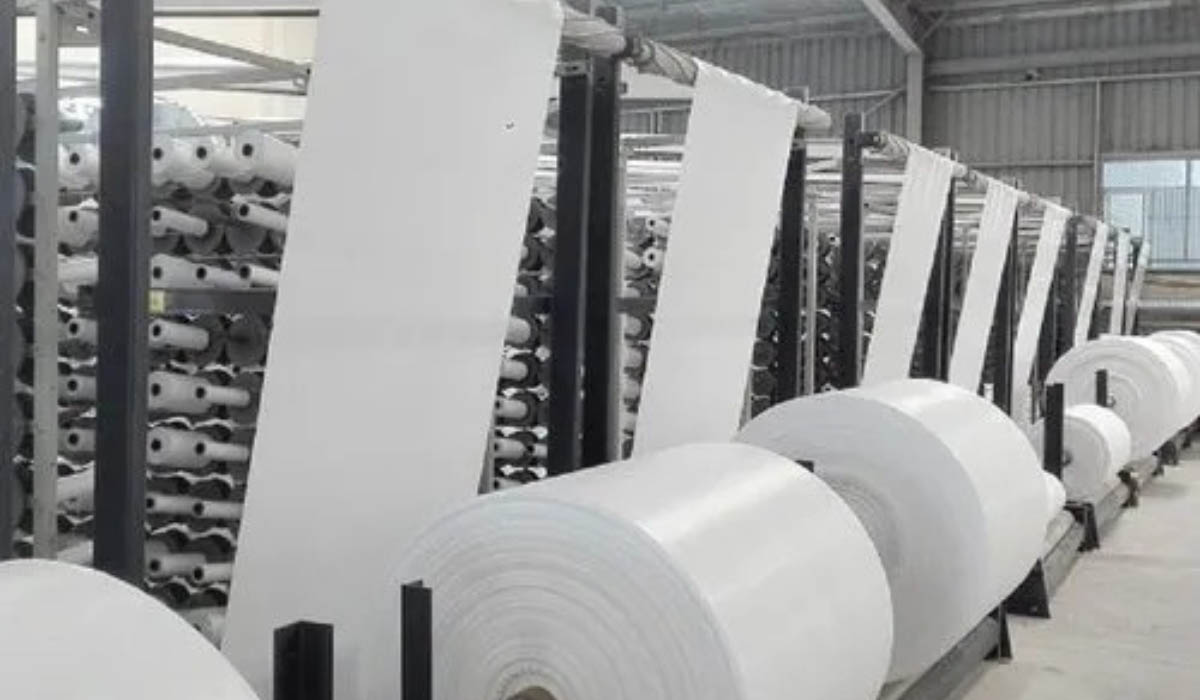
PP Woven & Nonwoven Bag

PP Injection Molding

HDPE Blow Molding
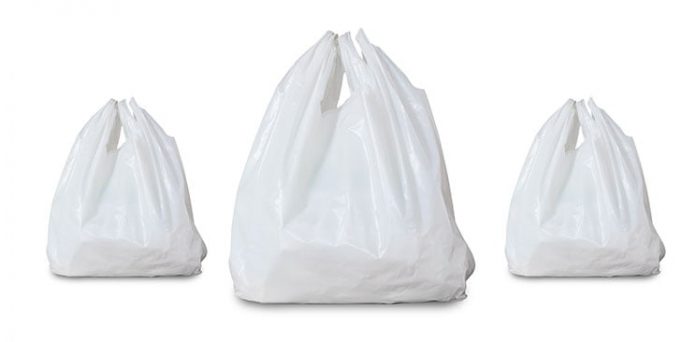
Shopping Bags & Garbage Bags
Your opinion matters to us. Share your thoughts, feedback, or inquiries by clicking the button below. Let’s start a meaningful conversation
Common classifications of white in white masterbatch
White masterbatch is used to achieve white coloration in plastic products, and common types of white are classified based on the concentration and type of titanium dioxide (TiO2) used, as well as other properties such as durability, coverage, and specific applications. Below are some common classifications of white in white masterbatch
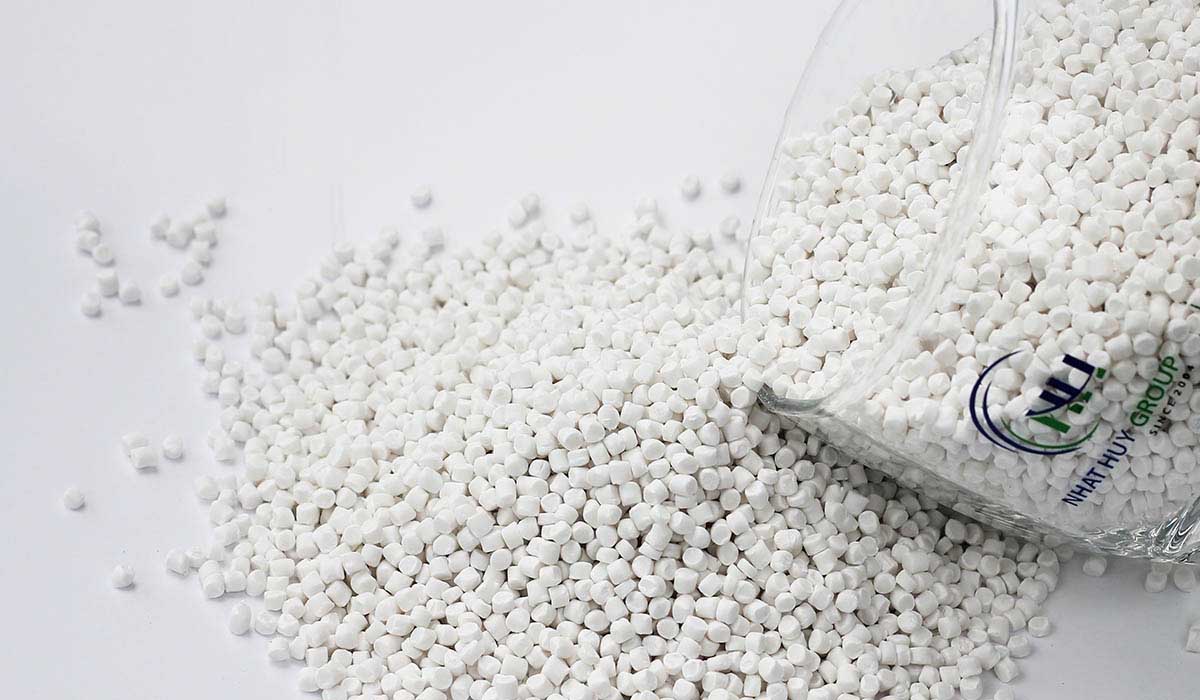

1. White Masterbatch with Rutile TiO2
- Rutile TiO2 Masterbatch: Using rutile form of TiO2, this type offers high coverage and good UV resistance, commonly used in applications requiring high color durability and protection against sunlight. Rutile is the most popular form of TiO2 due to its durability and superior properties.
2. White Masterbatch with Anatase TiO2
- Anatase TiO2 Masterbatch: Though less durable under UV light compared to rutile, anatase is still used in products that do not require high UV resistance, typically for indoor applications or products that do not have prolonged direct exposure to sunlight.
3. White Masterbatch for Specific Applications
- Food Grade White Masterbatch: Specially developed for applications that come into direct contact with food, focusing on safety and non-toxicity.
- Medical Grade White Masterbatch: Suitable for manufacturing medical products, ensuring biocompatibility and harmlessness to health.
4. White Masterbatch with Special Features
- High Opacity White Masterbatch: Contains a high concentration of TiO2 to provide maximum coverage, suitable for products needing to obscure the underlying layer or requiring a dense white color.
- Low Opacity White Masterbatch: Contains a lower concentration of TiO2, suitable for creating lighter color effects or when cost is a significant factor.
Why Choose Mega Plast's White Masterbatch
100% Control from Source to Solution
- Comprehensive Control from Mineral Source: Mega Plast possesses a significant advantage with its closed-loop supply chain, from mineral powder (CaCO3, Talc, etc.) extraction to finished Masterbatch production. We maintain 100% control over the quality of input powder at our 2 mineral powder factories and 1 Masterbatch production plant.
- Competitive and Stable Pricing: Self-sufficiency in raw materials and our production process allows us to offer White Masterbatch at prices 10% to 15% more stable and competitive than the market, while ensuring consistent quality for every batch.
21+ Years of Experience – 15,000 Tons/Month Capacity
- Over 21 Years of Experience: As a member of Nhat Huy Group, Mega Plast inherits and leverages over 21 years of experience in the Masterbatch manufacturing industry.
- Global Market Presence: We have been exporting our products to over 60 countries, serving more than 500 B2B customers worldwide.
- Large Production Capacity: With an impressive capacity of 15,000 tons/month, Mega Plast is ready to meet all orders, large or small, ensuring timely supply for our valued customers.
One Stop for 100+ Masterbatch Codes
- Comprehensive Solutions: In addition to White Masterbatch, Mega Plast offers over 100+ different Masterbatch codes, including Filler Masterbatch, Black Masterbatch, Color Masterbatch, and Additive Masterbatch.
- Wide Range of Applications: Our products serve over 10+ different plastic industries, from packaging, pipes, injection molding, blow molding, and many other sectors, ensuring you always find the right solution for your specific application.
Save Up to 50% on Raw Material Costs
- Reduced Raw Material Costs: Mega Plast’s White Masterbatch is designed to deliver outstanding whiteness and opacity, helping businesses save 40-50% on input plastic raw material costs.
- Maintaining High Production Efficiency: Our products disperse easily, are highly compatible with various base resins, and do not adversely affect machinery, helping to maintain and improve production efficiency.
Export-Ready: 95% On-Time Delivery & Global Standards
- Ensuring Punctuality: With 95% of orders delivered on schedule, we understand that time is a critical factor in production.
- Optimized Supply Chain: Mega Plast has established a continuous supply chain and optimized production lead times for customers, ensuring you receive products quickly and reliably.
International Certifications – Commitment to Quality & Safety
- Meeting Export Standards: Mega Plast’s White Masterbatch products meet stringent quality and safety standards such as RoHS, REACH, and FDA.
- Application Safety: We ensure our products are safe for export and use in applications in EU, US, and other markets, including food contact applications (depending on the specific product code).
